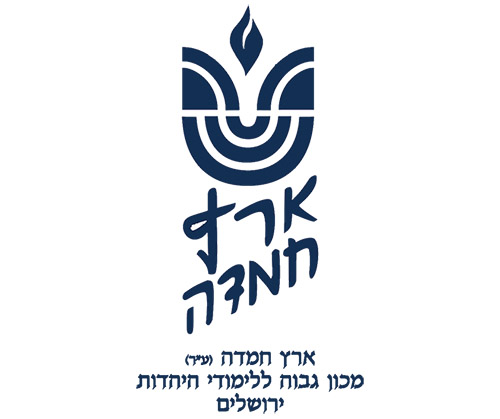
Question: I heard a chumra that during a leap year, with 13 months between readings of Parshat Zachor, one should have in mind to fulfill the mitzvah of “zechirat Amalek” (remembering Amalek) during the reading of those pesukim in Ki Teitzei. Should I do that (shuls do not usually announce it)?
Answer: The 13 month “concern” occurs the year before a leap year. Between Parshat Zachor 5782 (a leap year) and that of 5783, there will be 12 months and two days.
The main reasons to reject this chumra are that it was first raised around 200 years ago and it is still not widely followed, but an analysis is both interesting and of limited use. The Torah does not give clear instructions on the timing of the mitzvah of zechirat Amalek, but Chazal understood it is to be a yearly mitzvah. The Torah was not concerned when other yearly mitzvot (e.g., the mitzvot of the Seder) have a 13 month gap between them, so why should Zachor be different?
The Chatam Sofer (Shut Even Haezer I:119) theorizes that the idea behind a yearly schedule is that the Torah commands us not to forget what Amalek did, and there is precedence of forgetting after more than a year. His talmid, the Maharam Shick (on Sefer Hamitzvot 605), brings sources that forgetting happens after 12 months and reports that the Chatam Sofer would have in mind during Ki Teitzei’s reading to fulfill the mitzvah in the years it was “necessary” (theoretically including this year, due to the two days). Others (see Mo’adim U’zmanim II:166) point out that the Chatam Sofer writes that we can learn the laws of zechirat Amalek from those of “batei arei choma,” which are also connected to forgetting, and yet, a year is the cut-off point even in a leap year (Arachin 31a). He explains that forgetting is impacted by the Jewish yearly cycle of more than 12 months. Therefore, the leap year is not a problem for Zachor.
There are also reasons to reject the assumptions behind the Chatam Sofer’s question. For one, who says that we need to read Parshat Zachor (mitzvah No.603) to not forget Amalek (No.605)? The Gemara (Megillah 18a) says that zechira must be done orally from a written text, whereas forgetting depends on the heart. So as long as a person has given thought to the story of Amalek within the critical time period — even without intention for the mitzvah — he will not forget, and he can do the active, oral mitzvah at the prescribed time. Many (including the Moadim U’zmanim) disagree with the Chatam Sofer’s chiddush that the concern of forgetting precisely defines the oral mitzvah of Zachor. Also, since it is very possible that having Zachor done from a sefer Torah with a minyan is only a rabbinic mitzvah (see Minchat Chinuch No.603), it is questionable whether it requires kavana (see Mishna Berura 60:10).
If one wants to have kavana during the Ki Teitzei reading, is that enough? The Har Tzvi (I:58) leaves it as a question whether or not the ba’al korei must have kavana to be motzi one for this mitzvah, or whether it is enough he is reading on behalf of everyone in the shul. The Pri Megadim (692:1) says that in order for Shehecheyanu recited at Megillah reading to cover all of Purim’s mitzvot, the Megillah reader should have the beracha’s broad use in mind, but there may be counter implications in other sources (see Har Tzvi ibid.; Magen Avraham 685). Perhaps also, since the mitzvah is performed only as part of a community (see ibid.), the minyan — not just individuals — need the appropriate kavana. Possibly, the Ki Teitzei reading cannot help. Since the Divrei Yoel (I, 33) says the mitzvah can only be performed around the time of Purim.
In practice, while there could be value in people having Zachor in mind on Ki Teitzei, there is nothing compelling enough to create a new minhag because of leap years. If someone misses Parshat Zachor and faces the prospect of going two years without it, it pays for him to have the intention for it. Therefore, it behooves a ba’al korei (he loses nothing) to have that in mind. Only a shul that likes to incorporate chumrot — in a wise manner — should consider instituting an announcement that people should have such kavana.
This column is written by Rabbi Daniel Mann on behalf of the Eretz Hemdah Institute in Jerusalem, which trains dayanim and has many projects on behalf of Klal Yisrael, including its Ask the Rabbi service in conjunction with the OU. Rabbi Mann is a Dayan at Eretz Hemdah, a senior member of the Ask the Rabbi project, and author of its Living the Halachic Process series. He is also a Ram at Yeshiva University’s Gruss Kollel in Israel.










